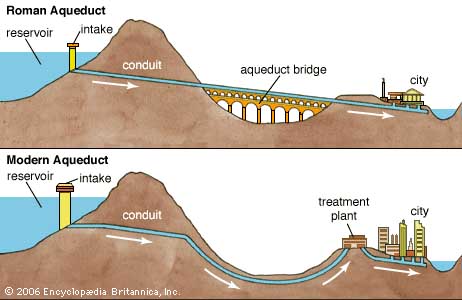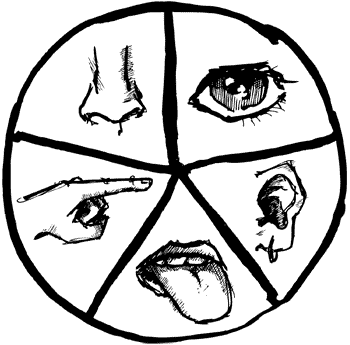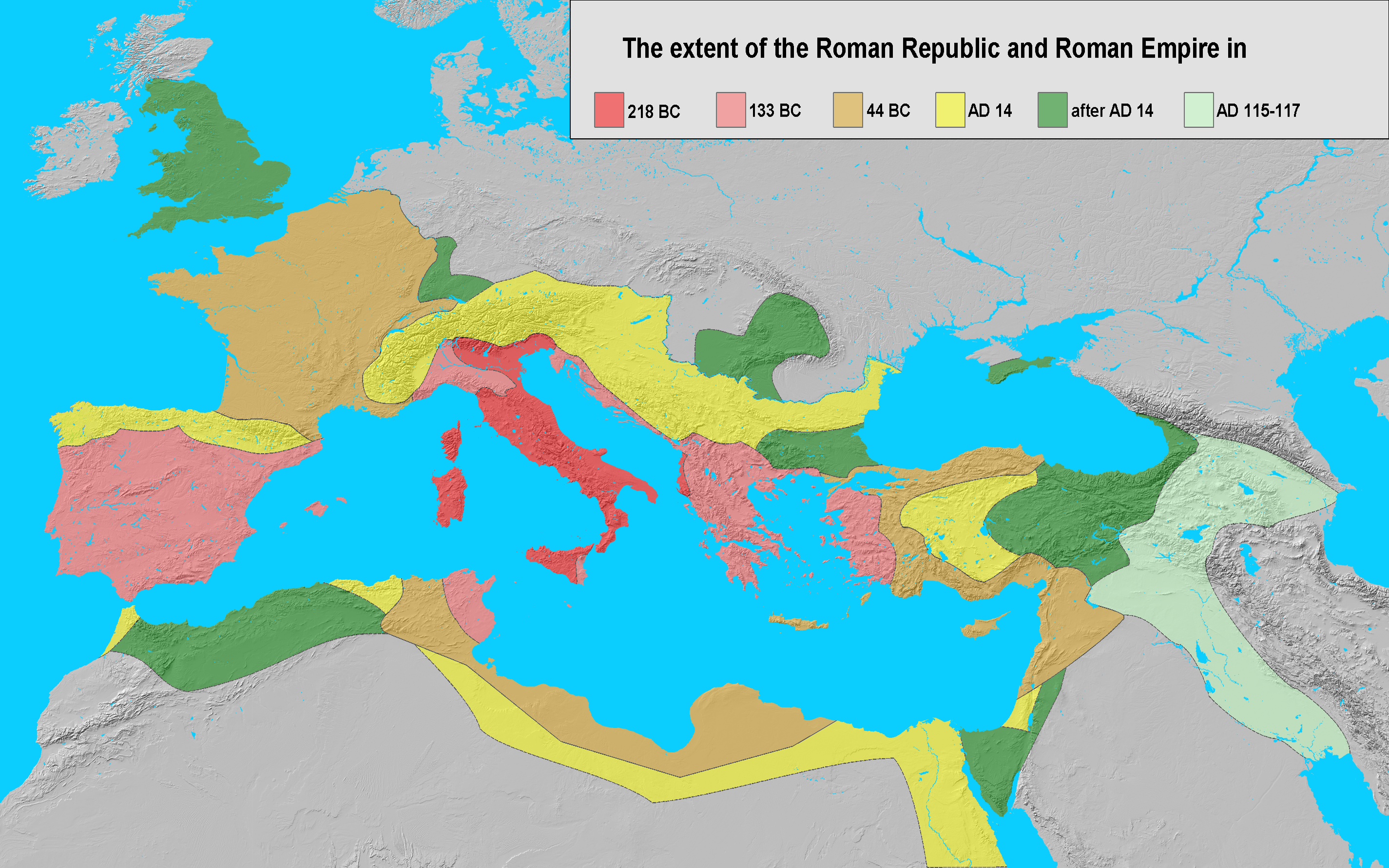Roman Engineering
2. View and take notes on the short video below.
3. Complete the Quickwrite.
The Baths of Caracalla
Go to The Baths of Caracalla NOVA site to take a virtual tour of the most magnificent of all the Roman baths. As you "stroll" through the baths, record four facts
Red: Toilets
Blue: Palaestra
Green: Caldarium and Frigidarium
Yellow: Food and Drink
Historical Fiction:
4. Historical fiction is an imagined, fictional story that includes true details about history. You will use your notes to complete a Historical Fiction Quickwrite on your day at the Baths of Caracalla. Be sure to use sensory details to bring the setting to life for your reader.
Your note-taking chart and Quickwrite can be found in your Social Studies folder.
The Public Baths










